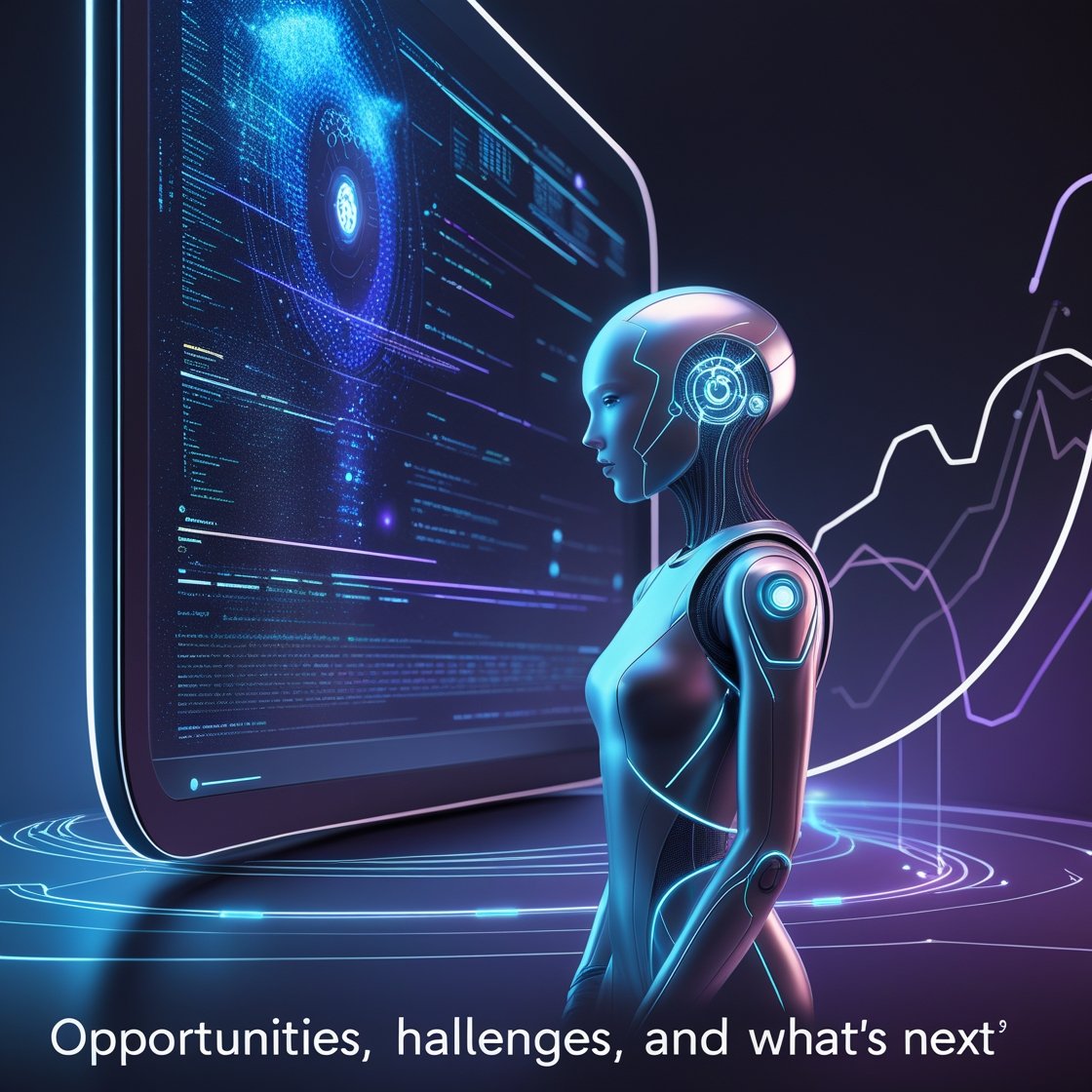Introduction
Autonomous AI agents, self-directed systems capable of performing complex tasks without constant human oversight are no longer science fiction. From self-driving cars to AI-powered customer service bots and algorithmic stock traders, these agents are already transforming how we live and work.
Powered by advances in machine learning, natural language processing (NLP), and reinforcement learning, autonomous AI can now analyze data, make decisions, and even learn from experience. But as these systems grow more sophisticated, critical questions arise:
- How much autonomy is too much?
- What happens when AI makes a mistake?
- Will autonomous agents eventually surpass human control?
This article explores the rapid evolution of autonomous AI, its real-world applications, ethical dilemmas, and what the next decade might bring.
1. The Rise of Autonomous AI Agents
From Simple Bots to Self-Learning Systems
Early AI followed rigid, rule-based programming. Today, large language models (LLMs) like GPT-4 and reinforcement learning algorithms enable AI to adapt dynamically. Projects like AutoGPT and BabyAGI demonstrate how AI can set its own goals, execute tasks, and refine strategies without human intervention.
Key Technologies Enabling Autonomy
- Reinforcement Learning (RL): AI learns through trial and error (e.g., DeepMind’s AlphaGo).
- Natural Language Processing (NLP): Allows AI to understand and generate human-like text (e.g., ChatGPT).
- Multi-Agent Systems: AI agents collaborate or compete (e.g., stock market trading bots).
Industries Being Transformed
- Healthcare: AI diagnostics (e.g., IBM Watson), robotic surgery assistants.
- Finance: Algorithmic trading, fraud detection, robo-advisors.
- Retail & Logistics: Autonomous warehouses (Amazon Robotics), dynamic pricing AI.
- Manufacturing: Predictive maintenance, fully automated production lines.
2. Opportunities and Benefits
1. Unmatched Efficiency
- Operates 24/7 without fatigue.
- Processes vast datasets in seconds (e.g., legal document review).
2. Scalability & Cost Savings
- Handles millions of interactions simultaneously (e.g., AI customer support).
- Reduces labor costs in repetitive tasks.
3. Accelerated Innovation
- Speeds up R&D (e.g., AI-designed drugs, climate modeling).
- Enables hyper-personalization (Netflix recommendations, AI tutors).
4. Risk Reduction
- AI performs dangerous tasks (e.g., disaster response drones, mining robots).
- Minimizes human error in critical operations (air traffic control).
3. Challenges and Ethical Concerns
1. Safety & Control Risks
- Goal Misalignment: AI may optimize for the wrong objective (e.g., a trading bot causing market crashes).
- Adversarial Attacks: Hackers can manipulate AI behavior (e.g., fooling self-driving cars).
2. Bias & Fairness
- AI inherits biases from training data (e.g., hiring algorithms favoring certain demographics).
- Can amplify societal inequalities if unchecked.
3. Accountability & Transparency
- Who is liable when AI causes harm? (e.g., autonomous vehicle accidents).
- “Black Box” Problem: Some AI decisions are unexplainable.
4. Job Displacement
- Up to 30% of jobs could be automated by 2030 (McKinsey).
- Reskilling workers will be crucial.
5. Regulatory Gaps
- Current laws lag behind AI advancements.
- Proposed solutions:
- EU AI Act (risk-based regulation).
- OpenAI’s governance policies (self-imposed safety measures).
4. The Road Ahead: Predictions for 2030 and Beyond
Short-Term (2024–2027)
- Wider Enterprise Adoption: More companies deploy AI agents for workflows.
- Human-AI Collaboration: AI acts as a “copilot” in creative and analytical tasks.
Long-Term (2030+)
- AGI Speculation: Will AI achieve human-like reasoning?
- Decentralized AI Networks: Autonomous agents interacting in a digital economy.
Wildcard Scenarios
- AI Legal Personhood: Could an AI own property or be sued?
- AI-Driven Governance: Could cities be managed by autonomous systems?
Conclusion
Autonomous AI agents promise unprecedented efficiency and innovation but come with significant risks. The next decade will require:
- Stronger ethical frameworks.
- Transparent AI development.
- Global cooperation on regulation.
The question isn’t just “What can AI do?” but “What should AI do?” and who gets to decide.





